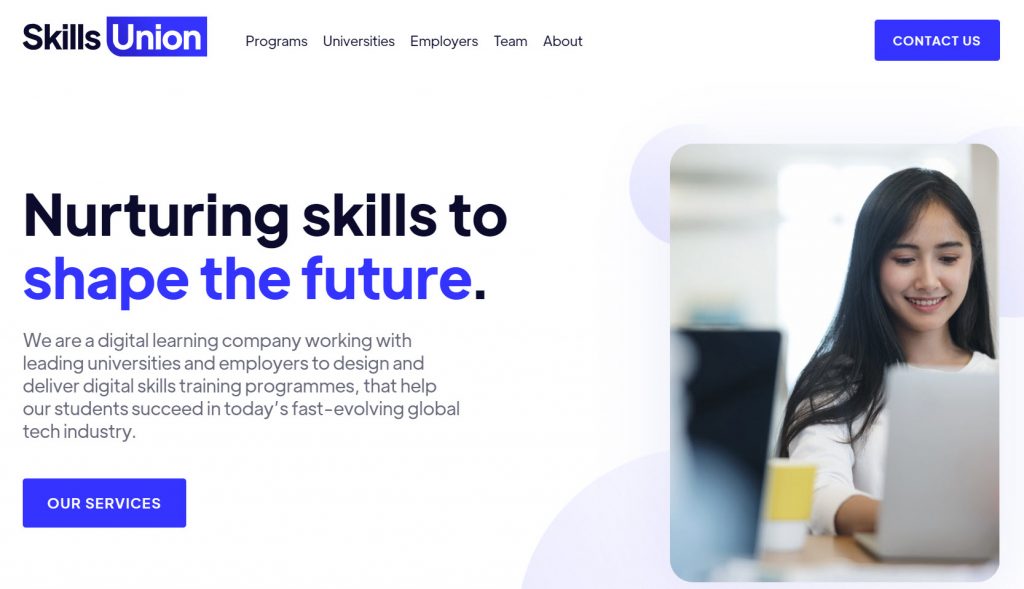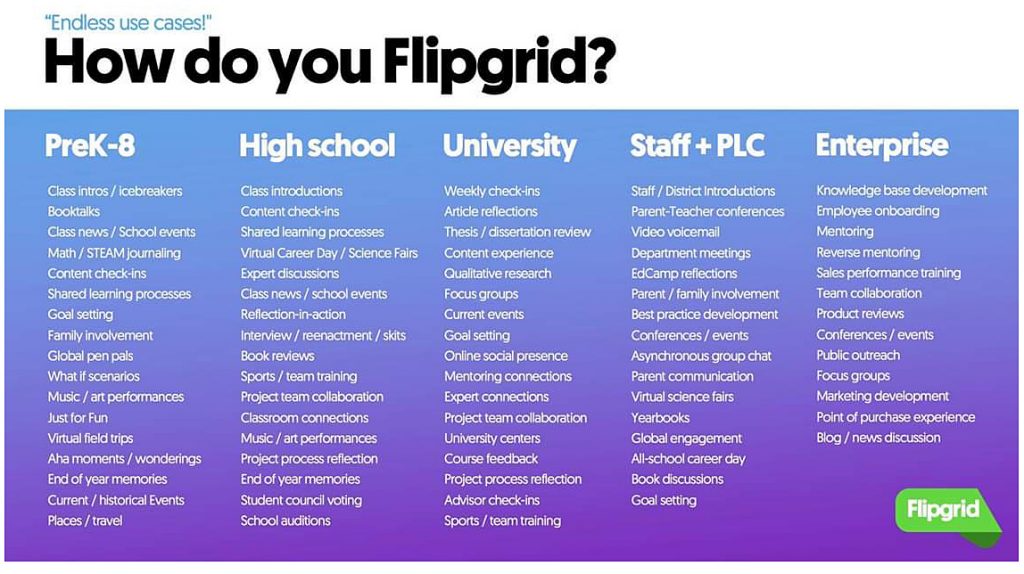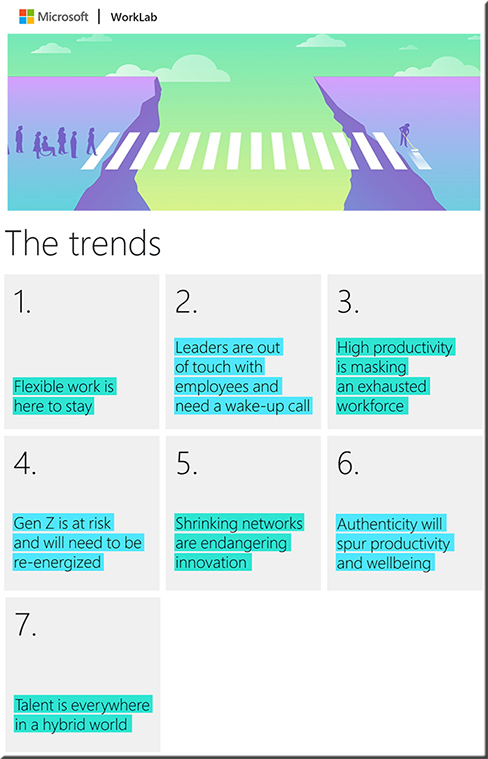The Story is in the Structure: A Multi-Case Study of Instructional Design Teams — from the Online Learning Consortium by Jason Drysdale (other articles here)
Excerpt:
Given the results of this study, it is recommended that institutions that are restructuring or building new instructional design teams implement centralized structures with academic reporting lines for their teams. The benefits of both centralization and academic reporting lines are clear: better advocacy and empowerment, better alignment with the pedagogical work of both designers and faculty, and less role misperception for instructional designers. Structuring these teams toward empowerment and better definitions of their roles as pedagogy experts may help them sustain their leadership on the initiatives they led, to great effect, during the COVID-19 pandemic. This study also revealed the importance of three additional structural elements: appropriate instructional design staffing for the size and scale of the institution, leadership experience with instructional design, and positional parity with faculty.
Also see:
- A Practitioner’s Guide to Instructional Design in Higher Education — from by Jill E. Stefaniak, Sheri Conklin, Beth Oyarzun, & Rebecca M. Reese




















